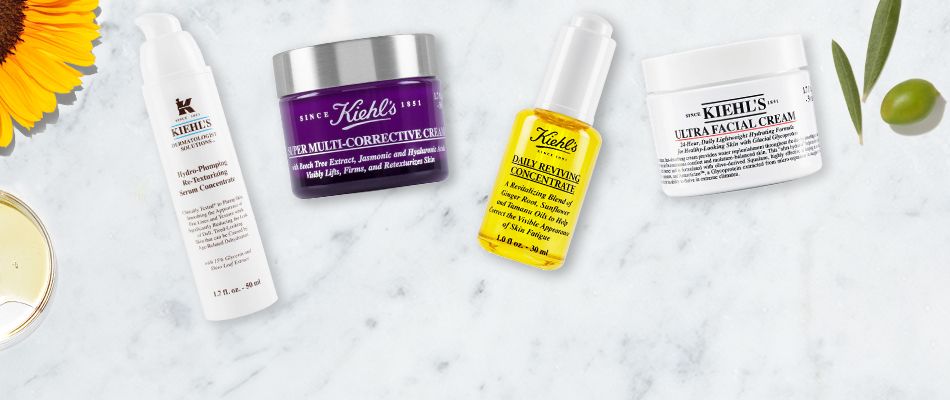
What’s The Difference Between Dry & Dehydrated Skin?
If your skin is feeling tight and rough, your first thought may be that you are suffering from dry skin. And, while you wouldn’t necessarily be wrong, that’s not the whole story. Another issue with similar side effects but different causes is dehydrated skin.
Not familiar with the term? You’re not alone, as many people suffer from it but don’t have a clue what it actually means. Since the treatments for dry and dehydrated skin aren’t the same, we wanted to help you navigate these tricky skin issues the right way. Read on to learn how to tell whether your skin is dry or if it might actually be dehydrated and what you can do about it.
What Is Dry Skin?
Simply put, dry skin refers to skin that is lacking in oil. Dry skin is a skin type that produces less sebum (or oil) than normal or oily skin. You can be born with naturally more dry skin, or it can be something caused by external or chronological factors: extreme temperatures, harsh weather, air conditioner and indoor heating, poor nutrition, pollution, UV exposure, and aging can all cause oil to become depleted in skin. Using oil-control products that are too harsh can also strip the skin of natural sebum and make you drier.
What is Dehydrated Skin?
Conversely, dehydrated skin is actually low in water. Whereas dry skin is a skin type (like oily, combination, etc.), dehydrated skin is a condition that can happen to any skin type and refers to skin that is losing more water than it is taking in. A healthy skin barrier helps skin retain water and an efficient stratum corneum (the outer layer of the skin), should have 10 percent to 15 percent of water. When that percentage drops below 10 percent, skin becomes dehydrated. To compensate for this, water may move up to the surface which can create an imbalance of moisture within the skin. And, since this is a water issue, not an oil one, people with oily skin types can also be dehydrated. In fact, skin may even become extra oily in dehydrated skin as low moisture levels can even cause skin to produce excess oil.
How Do I Know If My Skin Is Dry Or Dehydrated?
The real difference between these two skin concerns is not in how they make your skin look and feel, but in what causes them and how you fix them. Both will cause skin to feel tight or taut, look dull and/or tired and have dry fine lines, rough skin texture, flaking, scaling, cracking, and visible redness. Since it can be hard to tell if your skin is dry or dehydrated based on how it looks and feels, the best way is to consult with an expert. At Kiehl’s, our skincare experts in-store can help determine your skin’s hydration levels and recommend formulas to balance your skin’s moisture levels.
How Do I Care For Dry & Dehydrated Skin?
Not all moisturizing products work in the same way, which is why you’ll need different routines to get to the root of the problem. In dry skin, you’ll want to look for oil-rich hydrating products that will help lock in moisture. We suggest the Midnight Recovery Botanical Cleansing Oil, Daily Reviving Concentrate, and Ultra Facial Cream.For dehydrated skin, you’ll want to go for humectant-rich hydrators to replenish skin’s moisture levels. Our ideal hydrating routine is the Cucumber Herbal Conditioning Cleanser, Hydro-Plumping Re-Texturizing Serum Concentrate and Super Multi-Corrective Cream. Regardless of your skin type, make sure you also include an SPF in your routine — like our Super Fluid Daily UV Defense — protect skin from UV rays, which can damage skin’s barrier.
Don’t let dehydration or dryness cause you skin drama — follow these steps to keep your complexion supple, soft, and prepared for whatever the environment or your biology might throw at it.

